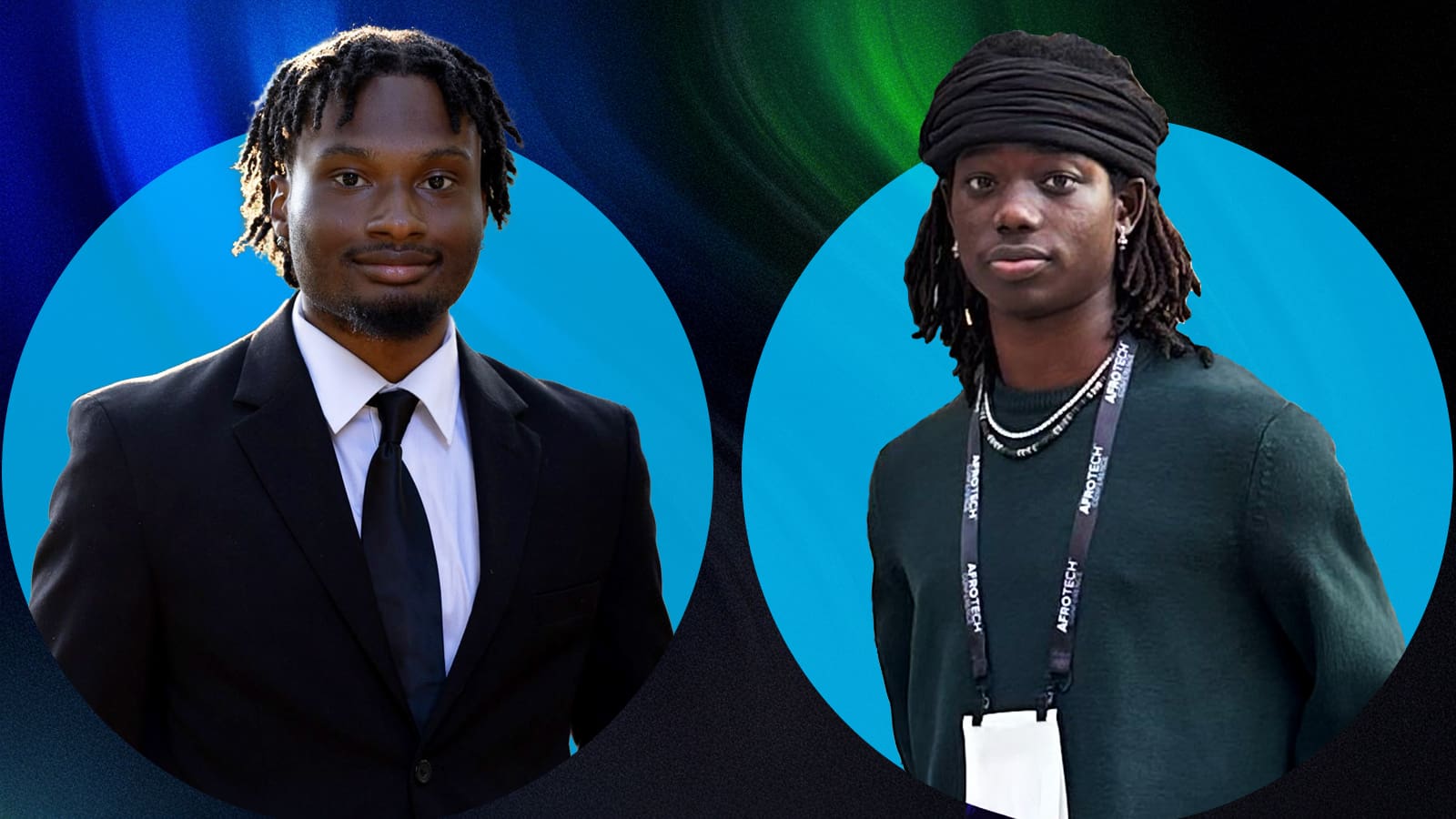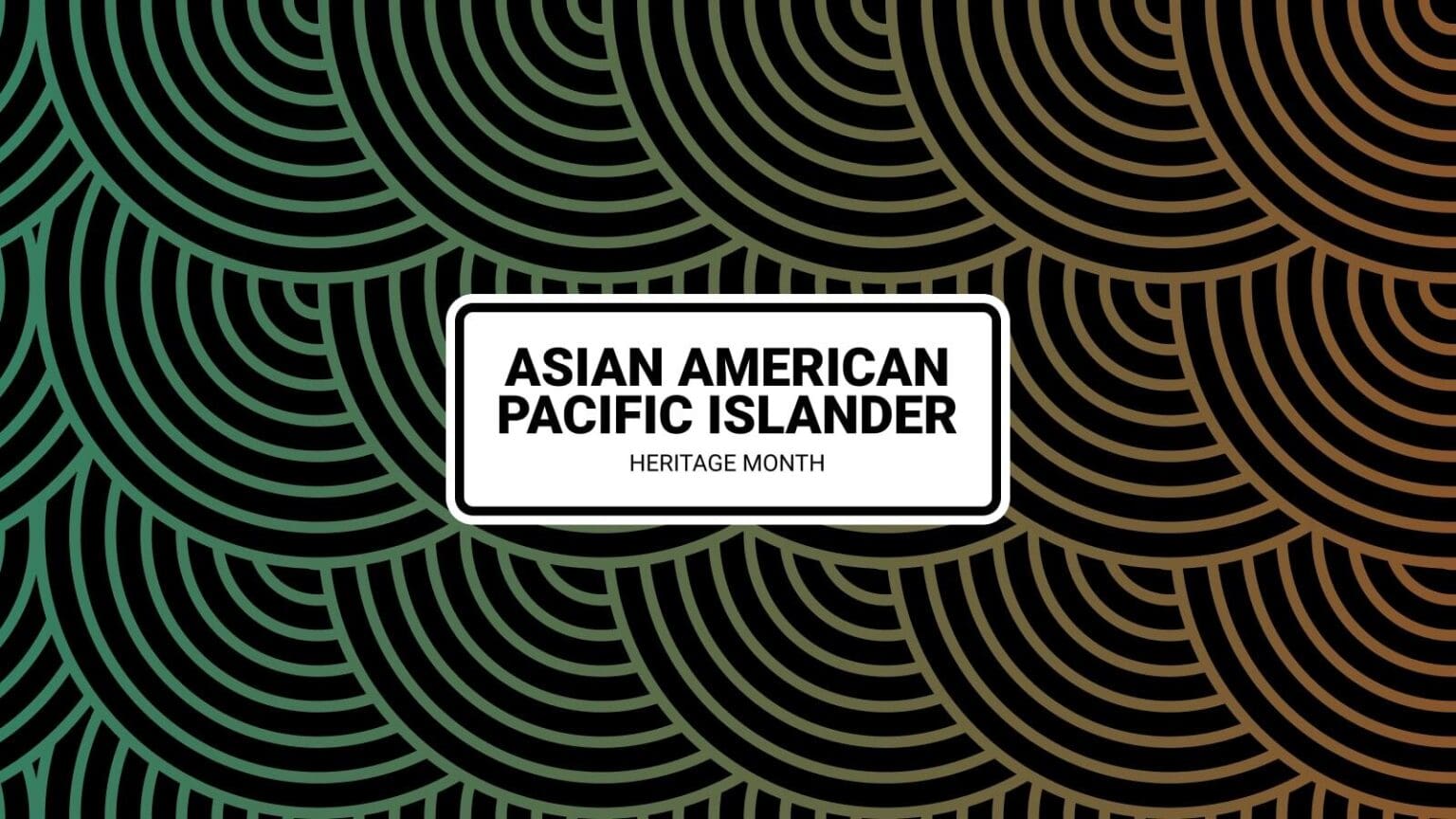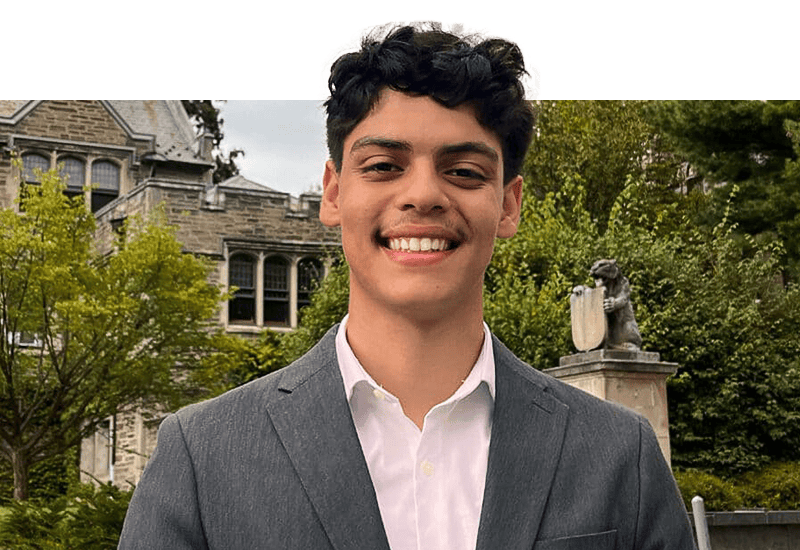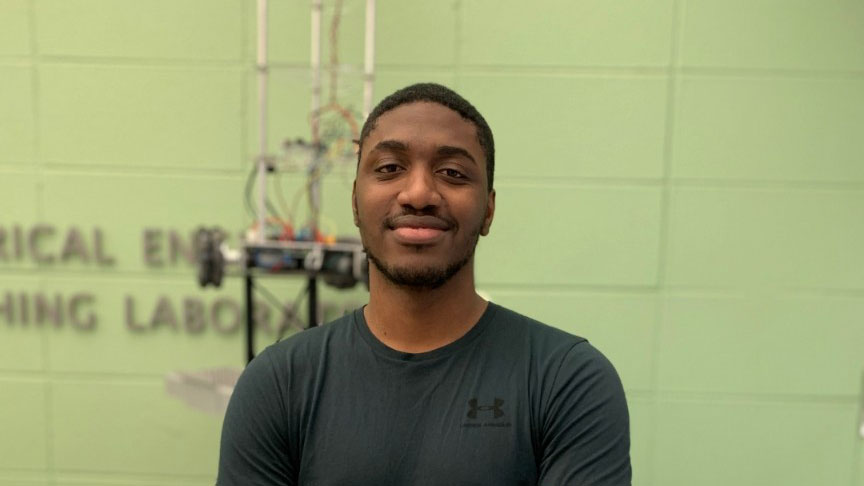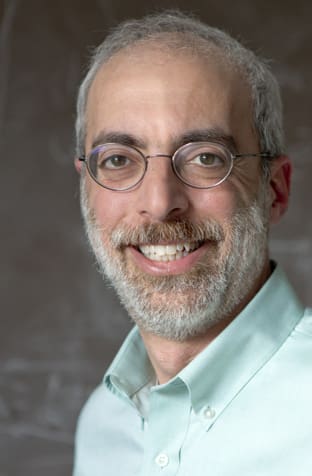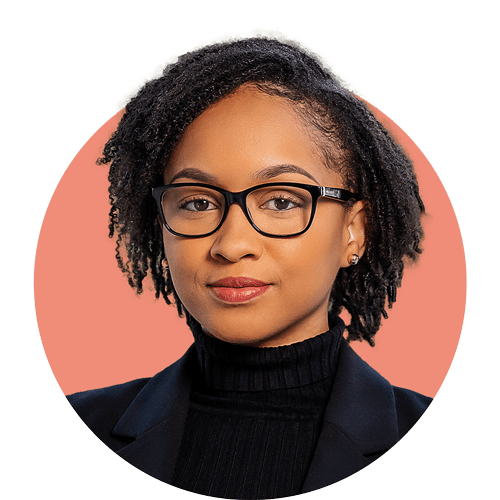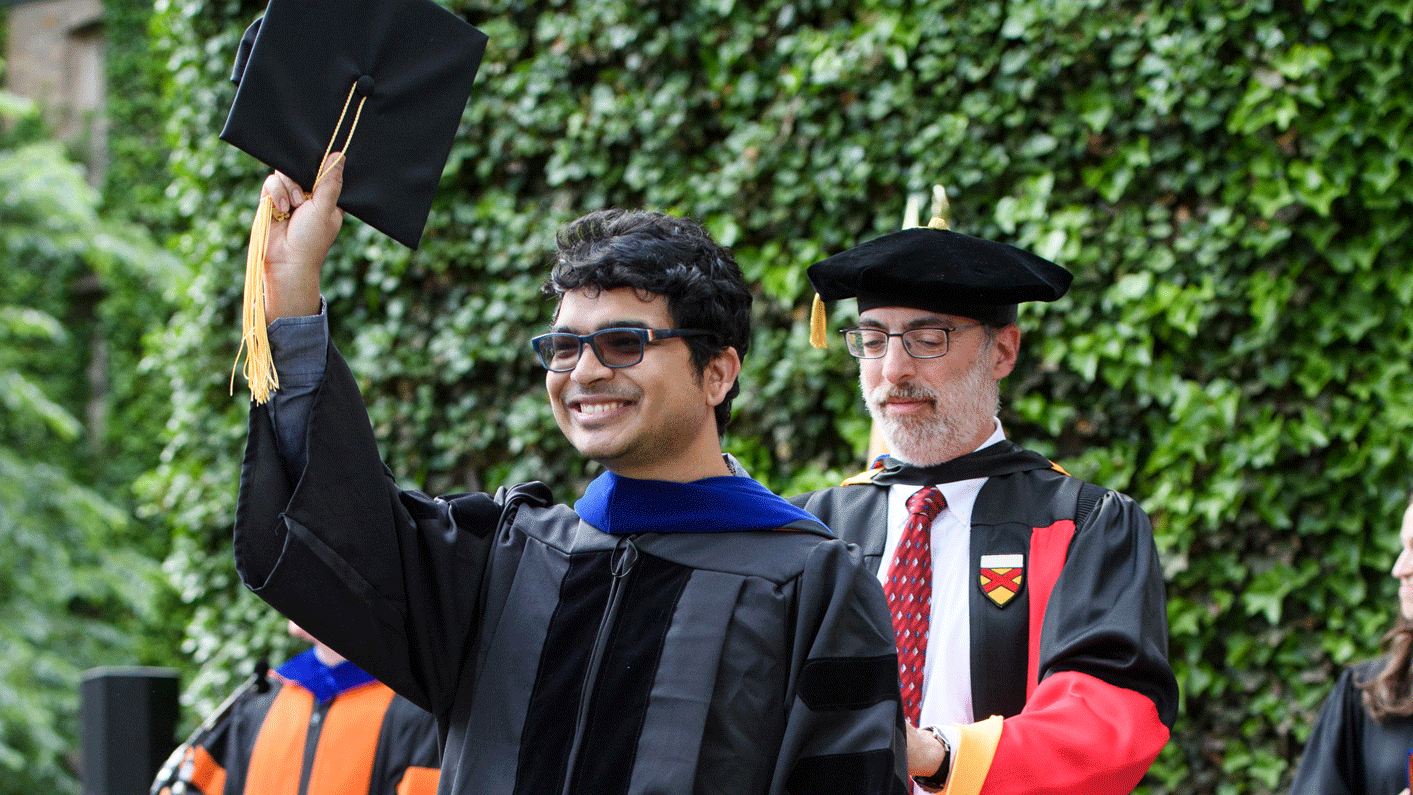
From seeing exoplanets to connecting diverse identities, celebrating AAPI Heritage Month
By
on
This is from the series Asian American and Pacific Islander Heritage Month
For more stories like those in the posts below, follow us on Instagram.
#PrincetonEngineers: “I was born in Bhutan but lived in a refugee camp in Nepal due to ethnic cleansing of Bhutanese of Nepali origin by the Bhutanese government. I spent my childhood in the refugee camps in Nepal. I come from one of the most remote and impoverished regions in the world.
As a child, I was captivated by airplanes and would walk for hours to witness even the smallest aircraft take off and land. I was also enamored by the clear night sky and the beauty of the stars. Though my journey was winding and convoluted, with the support of the U.S. refugee resettlement program, I was able to pursue my passions and ultimately study what I had always been fascinated by.
Having little prior knowledge of the college system in the United States, I began by taking part-time general education courses for engineering at @pima_cc in Tucson, Arizona. Eventually, I transferred to @uarizona, where I went on to graduate summa cum laude with degrees in mathematics and aerospace engineering. Encouraged by the support of my family, friends and professors, I then applied to Princeton University. I was intrigued by the research conducted at the High Contrast Imaging Lab led by Professor Jeremy Kasdin.
My time at Princeton was truly enjoyable. Although the first semester took some getting used to, I excelled academically thereafter. The collaborative and nurturing environment at Princeton was exceptional, and I also had a fulfilling life outside of academia. I played intramural soccer games and had the opportunity to meet many individuals from diverse backgrounds.
I am currently employed at @nasagoddard, where I work on the development of new technologies aimed at advancing the field of exoplanet imaging. It is an honor to be part of a team that is involved in such important work, and I find it inspiring to be part of an organization that is at the forefront of space exploration. It is exciting to be involved in research that has the potential to uncover so much about our universe.” – Hari Subedi *18 @haricane5.0, optical engineer, shown during his Ph.D. hooding ceremony with adviser Jeremy Kasdin #princetonalumni #aapiheritagemonth
#PrincetonEngineers: “When I look at the world, I see numbers and shapes — I automatically try to fit equations to what I see! In middle school, I attended a summer camp on genetics, where I found it fascinating that we could learn so much about what makes us on a fundamental level. In high school I started taking chemistry and physics, and I wanted to blend it all together.
Another thing that drove me was that my family is from India, and when we visited I saw significant disparities in basic needs, like a water shortage in one of the villages. And during COVID, vaccines were not accessible enough. There’s a need for more robust tools to manage diseases.
These are what I call ‘Big Problems,’ and I wanted to tackle them through an interdisciplinary approach in science.
I did my undergrad at @uchicago, where I studied engineering and linguistics. I joined the new @uchicagopme, which has the goal of addressing global problems in health, sustainability and information science, solving them on the smallest level: the molecular level.
My Ph.D. work is rooted in fundamental physics, with a lot of chemistry involved, but applying those tools to a biological system. In Jerelle Joseph’s lab, I’m looking at proteins using molecular dynamics, a physics-based method to predict how materials change over time. We use chemistry along with mathematical modeling and simulation approaches on proteins for applications in disease.
I got involved in educational outreach during college, and it opened my eyes to why #STEMdiversity is so important — making sure kids know about opportunities and trying to mitigate socioeconomic barriers. I wanted to continue getting involved, so I became a diversity fellow here at @eprinceton.
I’ve worked on events for Women’s Empowerment Week, and on a survey to improve graduate recruitment. We’re also planning to create videos where grad students and postdocs talk about their research, to help students get an idea of what being an engineer means. We want to make that content accessible to everyone.” – Ananya Chakravarti, Ph.D. student, chemical and biological engineering #aapiheritagemonth
#PrincetonEngineers: “I’m from the Princeton area — I went to West Windsor-Plainsboro High School South, and I was fortunate that my school was pretty STEM-oriented and we had lots of opportunities to explore. Computer science was an elective course, and I gravitated toward that because it was something new. My senior year was during the pandemic, and usually we had this big annual club fair for all the underclassmen to learn about and connect with student clubs. We were virtual that year and we couldn’t have the event. So, my friends and I created a website to serve as an alternative. It was the first time I had built something outside the classroom to benefit my peers. That’s what really piqued my interest in computer science.
When I got to Princeton, I was somewhat certain that I wanted to pursue computer science, but I wasn’t sure, since there’s such a breadth of majors here. And then when I took COS 126, I really enjoyed it, so I figured, why not? And now I’m two years into it.
This year I’m co-president of Princeton’s Asian American Students Association @princetonaasa. Our biggest programs are speaker events and our annual APIDA (Asian Pacific Islander Desi American) heritage dinner, which we had on May 2 in collaboration with other cultural groups on campus. Activism is also a key part of AASA. Recently, we helped coordinate a talk by Professor Jennifer Lee from @columbia about Asian American identity. It’s a great community for celebrating our identities and connecting our experiences, because Princeton has such a wide variety of students. For me, being born and raised in New Jersey, my perspectives can be very different from someone who’s from the West Coast.
Next semester I’m planning to study abroad at the National University of Singapore (@nus_singapore). I’m excited to take classes at a foreign university and explore an Asian country and culture that I’m wholly unfamiliar with. Singapore represents a unique country that has Eastern and Western influences, so I think it will be interesting to compare that to the Asian American diaspora we have here.” – Daniel Hu ’25, COS #aapiheritagemonth
